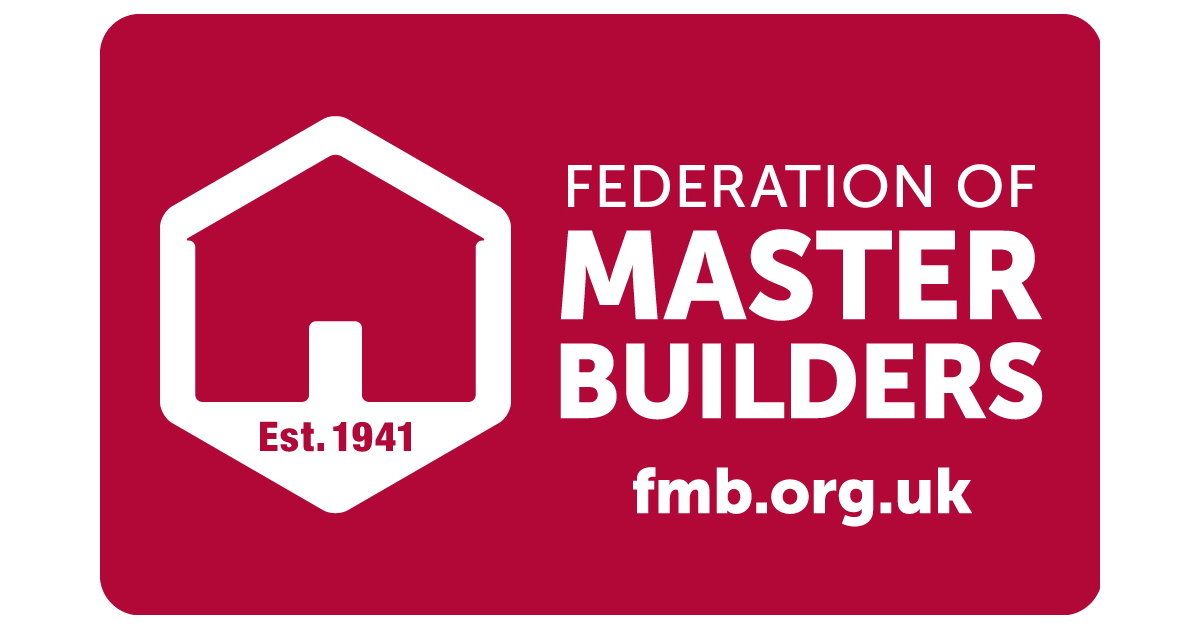Renovation or New Build
Undertaking a major home renovation project allows you to create a truly unique home that responds to your individual needs and design styles.
When it comes to deciding whether to renovate or start from scratch with a new build, there are a few things to consider. Although the two routes share some common ground, the benefits and challenges are nuanced, so understanding the differences can assist you in choosing the right path for your dream home.
Finding A Self-Build Plot
Unfortunately building your dream home from the base upwards is a lengthy process and it all starts with finding an appropriate plot, which can often be the biggest challenge you’ll end up facing.
Websites like Rightmove or Plotsearch can be great for finding an appropriate plot, alternatively, estate agents, word of mouth and online search resources are also a good place to start.
Finding a Renovation Project
Did you know that over 600,000 vacant properties are waiting to be renovated just in England alone? That means that there’s plenty of opportunities to find your ideal renovation project.
When it comes to seeking out your ideal project, one of the best places to start hunting is your estate agent and of course the internet. Another place to note down is auctions – often these are a prime source of run-down properties, however, we always recommend getting a survey done before you bid.
Getting The Space You Want
Self-building is the best way to create a bespoke house that suits you down to the ground. This type of building permits a huge degree of flexibility in terms of size, scale, appearance, configuration and specification.
By contrast, when it comes to renovations, these do impose some practical limitations as you are working within the constraints of a pre-existing footprint and palette of materials. But, this isn’t to say your creativity needs to be limited, there’s still so much scope for you to create your dream home!
If you’re planning on converting a listed or historic structure, chances are you’ll want to retain as much of the original character as possible, whilst seamlessly breathing a new lease of life into the building, giving you a truly unique home with a real story behind it.
Running Costs
Energy efficiency is an important consideration and to ensure good performance, we suggest focussing on getting the buildings ‘fabric’ right.
It will always be easier to integrate top levels of insulation and airtightness into a completely new house, simply because you can select exactly the structural specification you need to achieve the result you want.
Furthermore, you can look into the properties of natural advantages and make use of these, for example maximising natural daylight, without causing overheating issues, as well as ensuring the best possible efficiency from solar panels.
Nevertheless, existing buildings can also lend themselves well to be upgraded to meet or even exceed modern standards of energy performance. It’s also much more sustainable to reuse an existing structure, as you’ll be saving the embodied energy that would be generated by a new build.
Financing
How much you spend on your scheme will come down to a wide variety of factors, from the quality of materials you use to the complexity of the design, how the project is managed, location and how much time you’ll be dedicating to the project.
A straightforward renovation can be completed for much less than a major refurbishment and extension or a full self-build. But it’s also the case when purchasing land and constructing a bespoke new-build home can often work out cheaper than buying an equivalent property on the open market.
One of the major reasons for this is that new housing is zero-rated for VAT on labour and many of the fixed materials. You’ll usually pay less Stamp Duty too as you’ll only be buying land.
Funding for a renovation tends to be more straightforward as most lenders will offer around 80-90% of the property’s value as it stands. However, for bigger schemes, conversions and other structures that aren’t considered habitable before the works, you may be better off with a self-build-style mortgage.
Running Your Scheme
If you’re just dipping your toes into the home building project world, then you might prefer to learn the ropes with more of a straightforward refurb – maybe something where most of the work is fairly cosmetic.
Conversions and major renovations can be just as complex as building from scratch – particularly if the original structure needs some work done to it. We would advise ensuring that you commission adequate surveys so you know exactly what you’re getting into – there’s nothing worse than starting a project then uncovering multiple issues further down the line.
Self-builds act as a great way to get your foot onto the property ladder. This method also allows you to gain plenty of expert guidance from architects and contractors, or even opt for a design and build a company that will assist you throughout the process.








